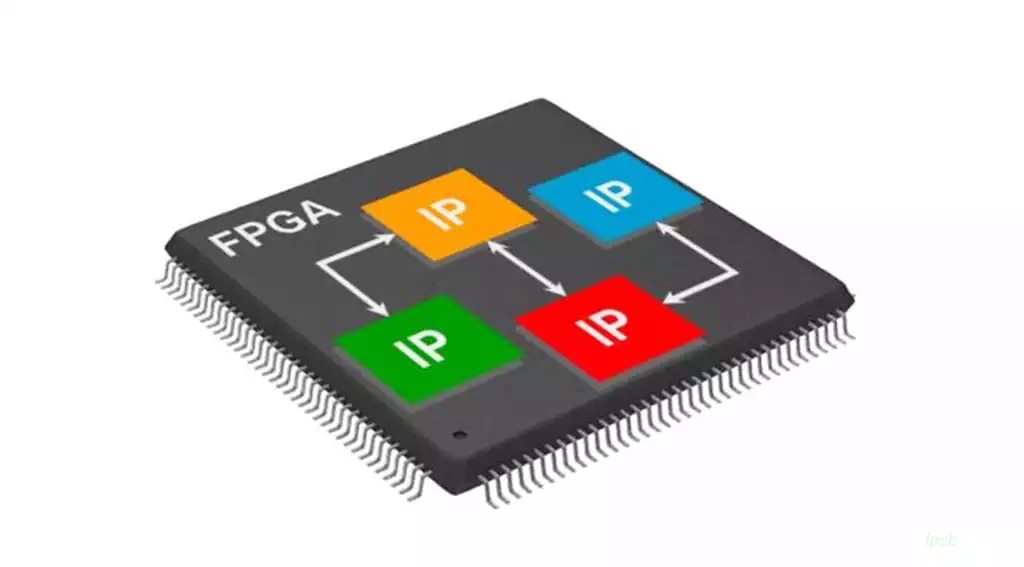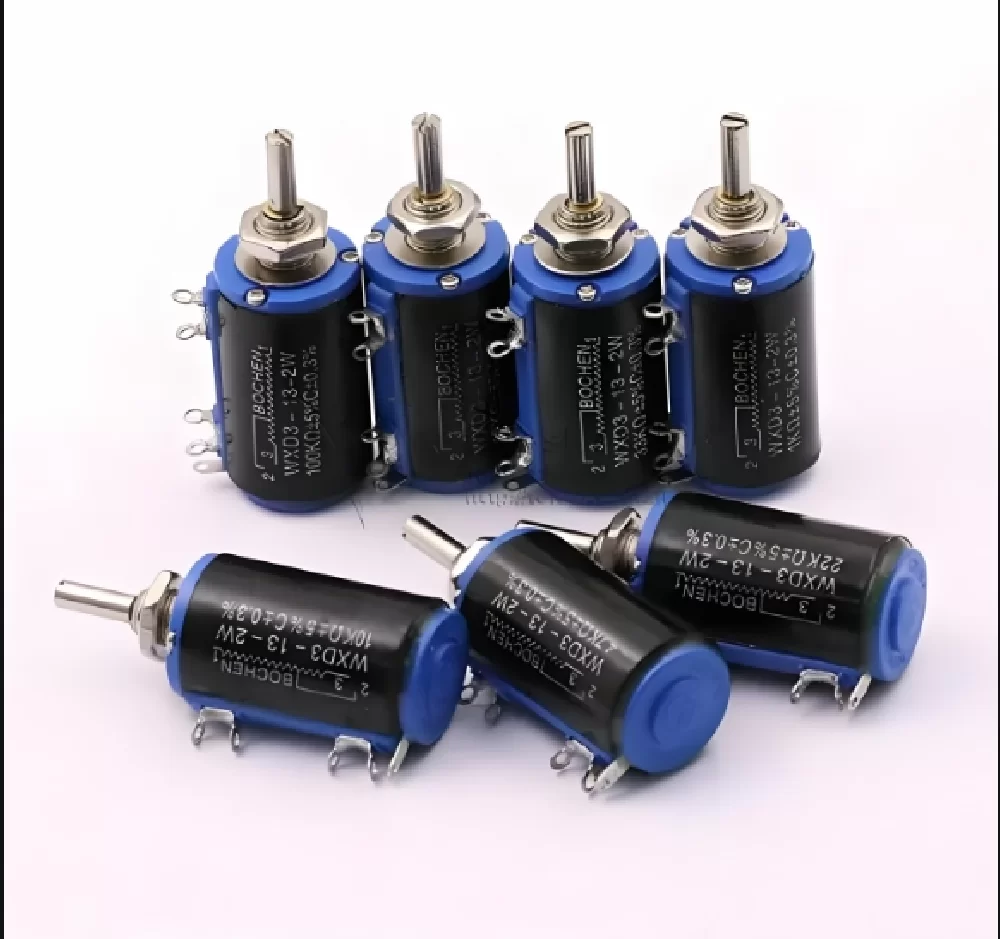High frequency pcb is special circuit board dedicated to higher electromagnetic frequencies, applicable to high-frequency (frequency over 300MHz and wavelength less than 1 metre) and microwave (frequency higher than 3GHz, wavelength less than 0.1 metre) fields. This type of PCB is usually in the microwave substrate copper-clad board, through part of the use of ordinary rigid circuit board manufacturing process or the use of special processes. Usually, high frequency pcb is defined as circuit board with an operating frequency of more than 1 GHz.
With the rapid progress of science and technology, more and more equipment design work focuses on the microwave band (greater than 1GHz) or even millimetre band (such as the popular vehicle-mounted 77GHz millimetre wave antenna) and other high frequency range. This has led to a significant increase in the performance requirements for circuit board substrates. Specifically, the substrate material must have excellent electrical properties and good chemical stability, and at the same time, as the signal frequency increases, the material transmission loss must be extremely low, so the importance of high frequency pcb is increasingly prominent.
High frequency pcb material can be classified according to the material, the finished product soft and hard, structure and use in a variety of ways:
Classification by material
Organic materials include phenolic resins, glass-fibre reinforced epoxy resins, polyimide (Polyimide), as well as BT / Epoxy and other materials.
Inorganic materials include aluminium, copper-invar-copper and ceramic substrates, which provide good heat dissipation.
Classification of finished products by rigid and flexible
Rigid PCB refers to rigid circuit boards.
Flexible PCB refers to flexible PCB.
Rigid-Flex PCB is a composite board that combines a flexible board with a rigid board.
For example, TAYO’s TUC series includes Tuc862, 872SLK, 883, and 933 high-frequency boards.
Classification by Structure
Single-sided boards are wired on one side only.
Double-sided boards are wired on both sides.
Multilayer pcb boards have multiple layers of wiring and are suitable for complex circuit designs.
Classification by Application
It is used in many fields such as communication, consumer electronics, military, computer, semiconductor and electronic testing.
Commonly used high-speed high-frequency board brands
In China, the cost-effective, high-performance representative brands are Dongguan Sangyi, Shanghai Nanya New Material, Taizhou Wangling, Taixing Microwave, Changzhou Zhongying, Gongli Ceramic Board and TAYAO TUC, etc., the latter’s specific models include Tuc862, 872SLK, 883 and 933.
International:
Rogers series: e.g. RO4003, RO3003, RO4350, RO5880, etc. With the development of 5G and millimetre wave technology, Rogers has introduced several low-loss circuit boards suitable for millimetre wave bands. Its RO3000 series is based on ceramic-filled PTFE materials, with models including RO3003, RO3006, RO3010 and RO3035. The RT6000 series is a ceramic-filled PTFE material designed for high-dielectric-constant electronic and microwave circuits, and includes RT6006 (dielectric constant 6.15) and RT6010 (dielectric constant 10.2). The TMM series are ceramic, hydrocarbon and thermoset polymer composites available in TMM3, TMM4, TMM6, TMM10, TMM10i and TMM13i.
Taconic produces the TLX and TLY series of high-frequency plates.
Panasonic offers Megtron4 and Megtron6 models.
The Isola brand has models FR408HR, IS620 and IS680.
Nelco offers high frequency board models such as N4000-13 and N4000-13EPSI.

Selection criteria for High frequency PCB materials
- Loss Tangent (Signal Loss) Signal loss causes the conversion of electrical energy into heat, which reduces the quality of the signal. Ideal high frequency PCB materials should have a low loss factor (Loss Tangent), usually we want to select materials with a loss factor of less than 0.003, so as to minimise signal attenuation. For example, RO4350B material typically has a loss factor of 0.0037, which is suitable for medium and high frequency applications. The PTFE material has an even lower loss factor, usually below 0.001, and is suitable for higher frequency applications.
- Dielectric Constant Dielectric constant is an important parameter that affects the speed of signal propagation, which influences the time delay and the quality of transmission. The ideal material should have a low and stable dielectric constant to ensure stable performance under different temperature and humidity conditions.
Generally speaking, the dielectric constant of RO4000 series materials is around 3.48, while the dielectric constant of PTFE materials is usually around 2.1, showing very superior signal transmission performance.
- Thermal Stability (Thermal Stability) with the increase in operating frequency, the operating temperature of the circuit board will also rise, excellent high frequency PCB materials should have good thermal stability, able to withstand high-temperature environments without performance degradation or material deformation.
RO4350B, for example, has high thermal stability and can work stably for a long time in a high-temperature environment at 140°C. Long-term working temperature of various types of plates: 1. FR4 material Tg140: up to 120°C; 2. FR4 material Tg170: up to 150°C; 3. Hydrocarbon HF material: 140°C; 4. PI polyimide material (SangYi SH260, TengHui VT-901): 260°C, 5. Aluminium substrate: 200°C; 6. Ceramic substrate: 280°C.
- Mechanical Properties In addition to electrical properties, mechanical properties are equally important. High frequency PCB may face high processing temperatures and pressures during the manufacturing process, so the strength and rigidity of the material has a direct impact on the stability of its manufacturing process.High frequency PCB materials should have strong bending and tensile resistance to ensure that the processing and use of the process is not easy to deformation.
The choice of high frequency pcb material directly affects its performance and reliability. With the continuous upgrading of high-frequency applications, only substrates with excellent electrical, thermal stability and mechanical properties can meet the future development needs of high-speed communications and microwave technology.



